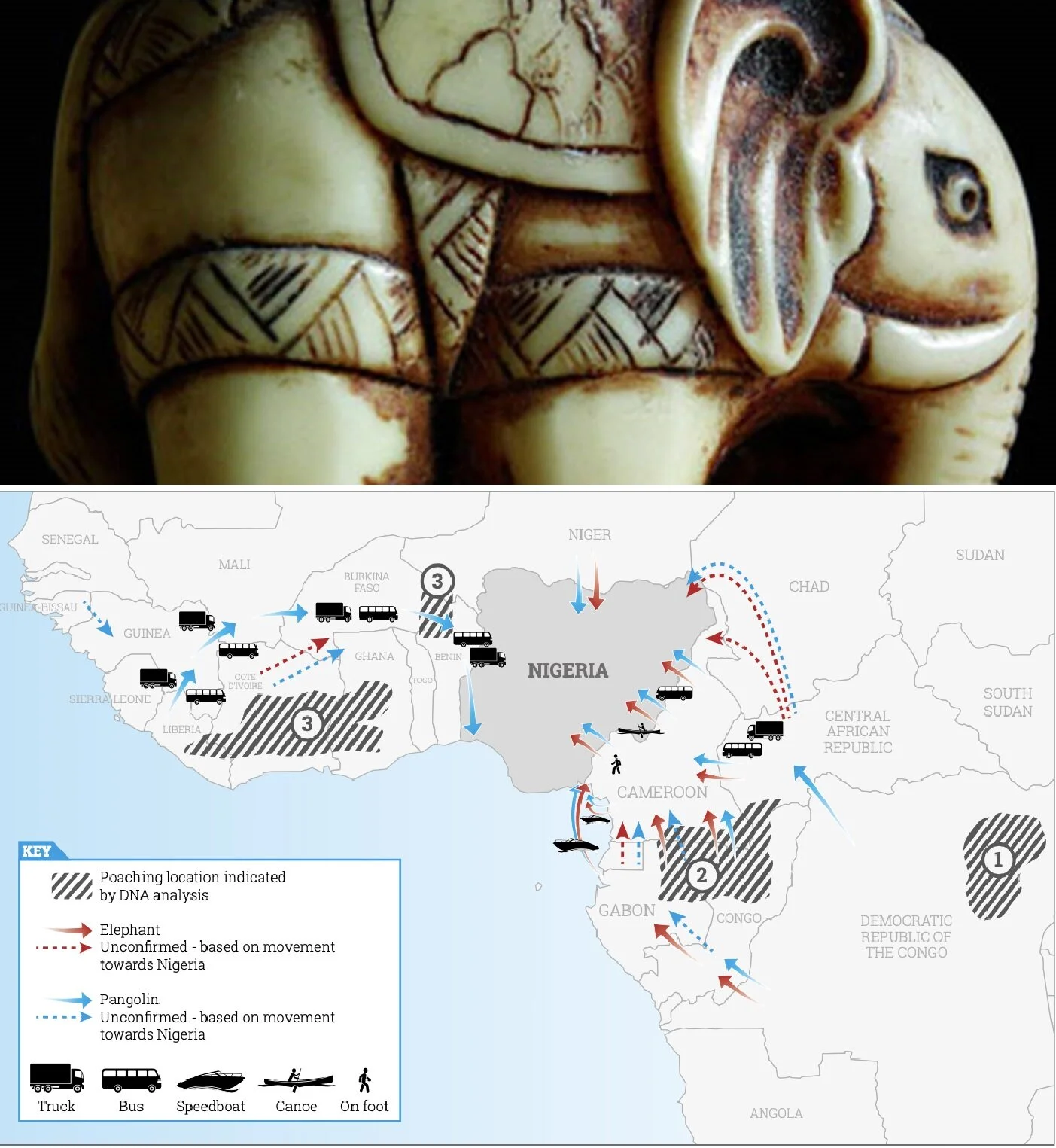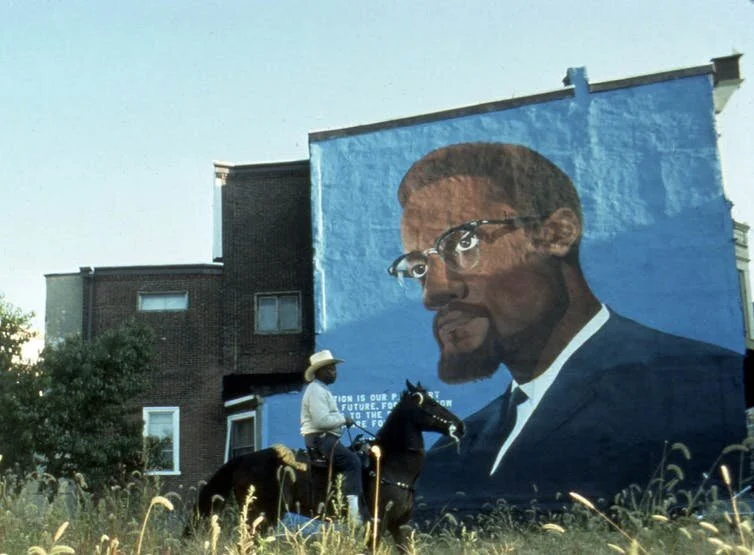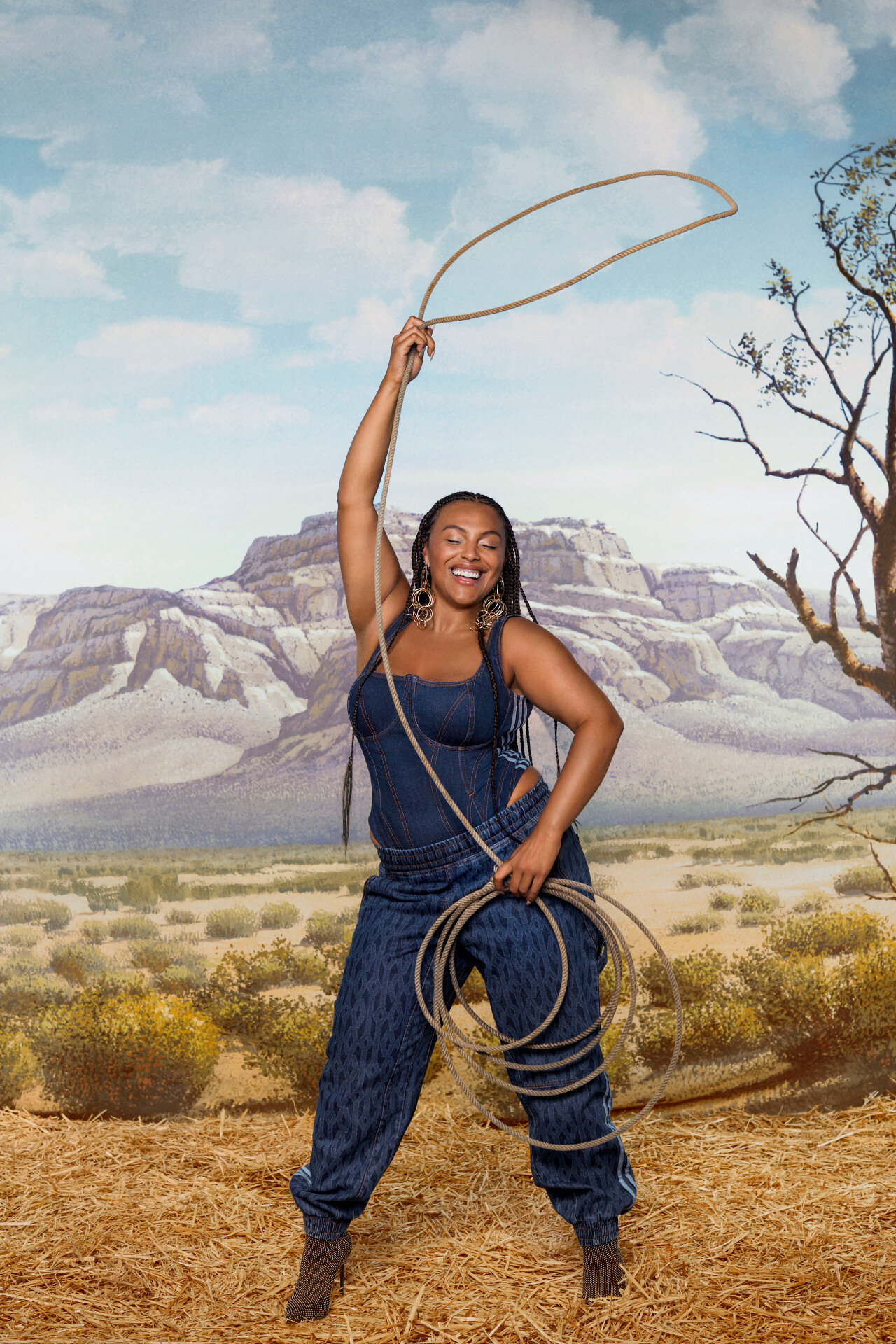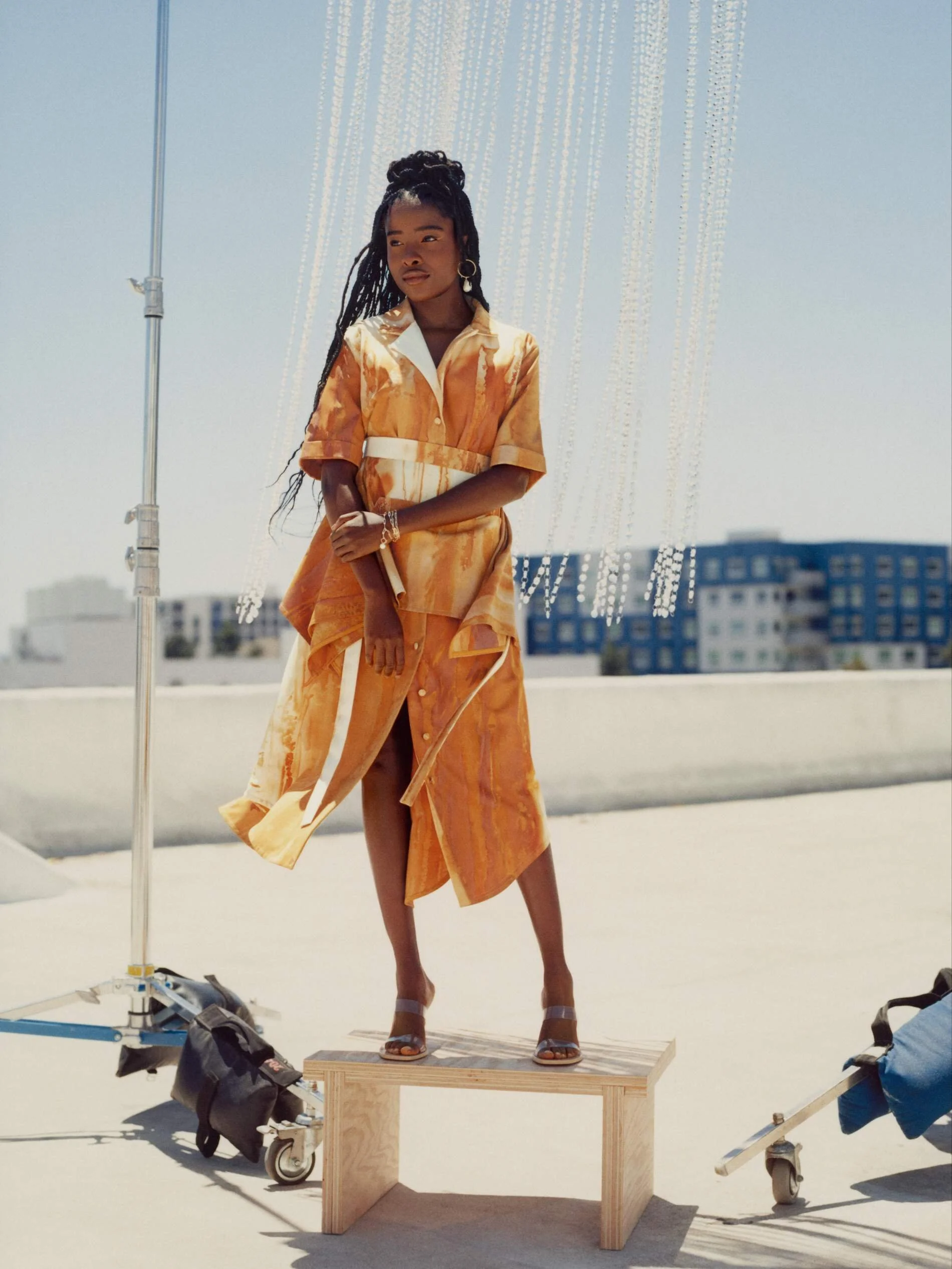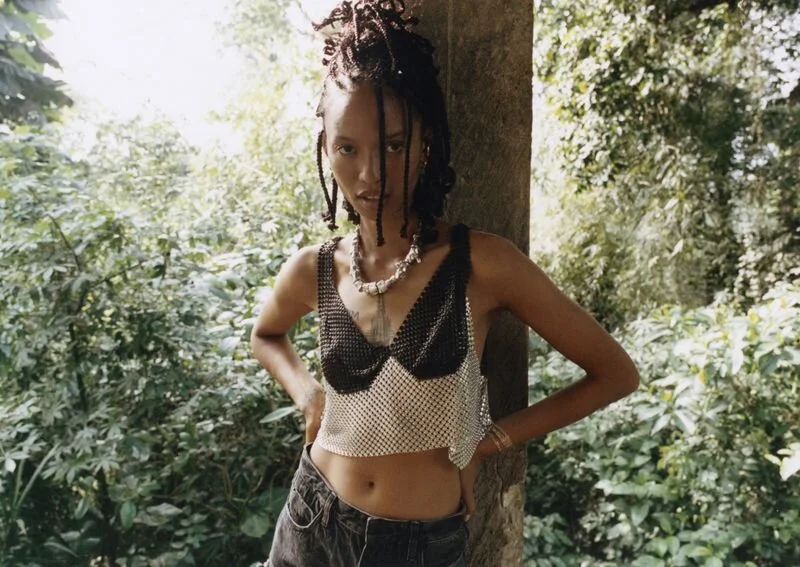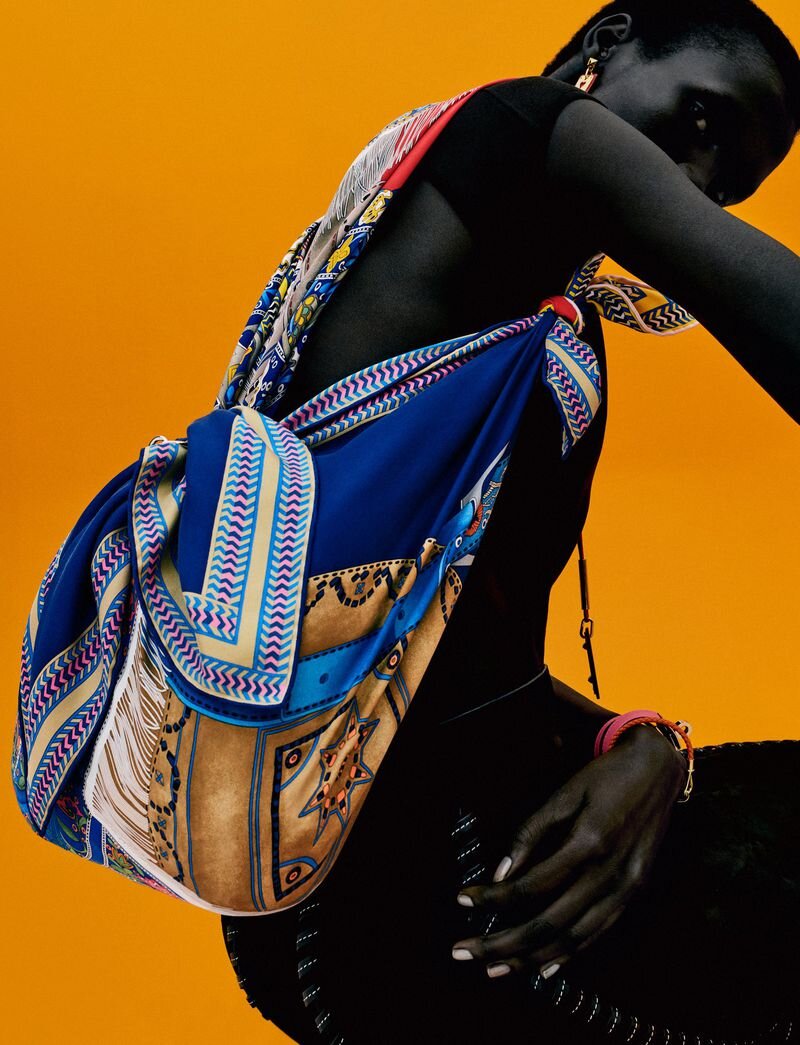Nigeria, Congo Replace East Africa As Illegal Ivory and Wildlife Trade Moves West
/For decades, Africa’s ivory and illegal wildlife trade was clustered in East African countries like Kenya and Tanzania, two nations taking aggressive action to protect their elephants. Consequently, the locus of smuggling has shifted west, to Nigeria.
As recently as summer 2016, Nigeria wasn’t even listed on the CITES (Convention on International Trade in Endangered Species) map of countries involved in the ivory trade. Five years later, Nigeria is the new hub for exporting illegal ivory and also pangolin scales.
Pangolins are the only scaled mammal in the world. Also known as the “scaly anteater”, a pangolin’s body is largely covered in scales made up of keratin—the same material as human fingernails.
“Nigeria is well connected with other countries in the region, but also has good transportation networks with Asian markets as well,” said Shruti Suresh, senior wildlife campaigner with the Environmental Investigation Agency (EIA). “Combine that with a toxic combination of weak law enforcement and corruption, not only in Nigeria, but more broadly in the region, and what we’re stuck with now is that Nigeria has become the world’s largest hub for export of ivory and pangolin scales leaving African shores for Asian markets.”
According to a December 2020 report from the EIA (Environmental Investigation Agency), an analysis of ivory seizure data reveals the recent shift. Between 1998 and 2014, the top two countries associated with ivory seizures were Tanzania and Kenya, at 87.1 and 59.4 metric tons respectively. But between 2014 and 2018, Nigeria and the Democratic Republic of Congo (DRC) climbed to the top of the list, at 30.5 and 21 metric tons.
In that same period, Nigeria was connected to 167.6 metric tons of pangolin scale seizures — more than four times the DRC.
It’s downright depressing to watch Kenya and Tanzania make such significant progress in protecting their elephants and other endangered wildlife species. The shift of illegal activity west across Africa underscores the reality that only if nations work together and in unison to fight the slaughter of precious wildlife — while simultaneously diminishing demand in the Far East, will elephants, pangolins and a host of other endangered animal species survive in the wild.
If you educate a man, you educate an individual, but if you educate a woman, you educate a nation – Damien Mander
Damien Mander, founder of International Anti-Poaching Foundation. In 2017 IAPF Launched ‘Akashinga – Nature Protected by Women’.
The January 2021 issue of Vogue Italia puts a spotlight on South Africa’s Black Mamba female animal protection units, patrolling Balule Nature Reserve, in the Greater Kruger Area, South Africa. Increasingly across Africa, it’s women across Africa who are taking the lead in fighting the exploitation of local wildlife.
AOC has long been a home to these stories, and we hope to step up in 2021 to do a far better job of tracking women rangers, their strategic local efforts and the global leaders in the fight to protect African wildlife.
Kenya’s Faye Cuevas, also born in Minnesota like me, is at the top of this list. But the heroic efforts of Australia’s Damien Mander and his Zimbabwe’s Akashinga (‘the brave ones’ in Shona) women rangers spotlight the future of the anti-poaching fight in Africa.
“There’s a saying in Africa, ‘If you educate a man, you educate an individual, but if you educate a woman, you educate a nation’,” Mander says. “We’re seeing increasing evidence that empowering women is one of the greatest forces of change in the world today.” ~ Anne
Kenya’s Faye Cuevas and remale recruits to her team lioness.
